|
The exact words my four year old son said to me the Sunday night after 14 hours of yoga teacher training. We proceeded to practice ‘his practice’ of made up poses on my two sticky mats. I have no idea how he came up with so many moves - 20 plus! I was so proud of him at the end when he knew to close with Namaste. How sweet!
This momma was away from her family a large part of the weekend and it was so sincere that my youngest wanted to connect with me through yoga. He knows I just can’t get enough! Fourteen hours over three days is hard to summarize into just a simple post. But let me share some of the highlights. Friday night was the first session of my new Teacher’s Training. Kinda confusing, I started Yoga Within’s 200 hour Teacher’s Training to help fulfill not only my hours and senior teacher requirement but also to provide the much needed structure and community I was looking for in my training. More time, yes. More practice, yes. More knowledge, fore sure! But right from the beginning my decision to take on more was solidified with the beautiful presence of Melanie and other senior teachers. We participated in a marigold ceremony, or what I like to call it, to represent a new beginning and initiation to the program. Each new student was welcomed to the circle and presented a small marigold. Tara Woltjen provided a detailed back story and meaning of the marigold. Some of which include marigolds as a sacred offering to the Gods and promotion of cheer and good relations in relationships. It was a thoughtful and elegant way to begin a new page in my yoga journey. The following day I needed to switch group, literally, a jump back into the YAA’s Teacher Training program. The focus of this workshop was the Bhagavad Gita, headstands (Sirasana) or supported headstand (Salamba Sirasana), and a brief review of pranayama (Kapalabjati and Bhastrika). I can see how they all fit together. The common thread was the head and/or skull. Right off the hop, we dove into the Bhagavad Gita. Although I’ve read parts of it, I still need to take a deeper look. For one who is very pro-peace, reading about war isn’t one of my favourite past times. Yet, our discussion opened my mind to inquire about the themes in the Bhagavad Gita not necessarily the obvious story line. Can I see the struggle of Arjuna and his inquiries with Krishna as a reflection of the human struggle and connecting with God? Needless to say, I’ve got more reading to do and to be honest, I a bit more intrigued now. What I did like most about learning more about the Bhagavad Gita was that it was written as a love song. Something that I don’t completely understand yet, it leaves me more to learn! With all the talking, I almost forgot about the asana practice we had coming. It was headstand! ***sense my fear and uncertainty*** Although there was fear, I don’t think the fear was rooted in truth. I was super nervous about trying it but solely because I thought I’d need to literally put all my weight on my head. Never really been taught how to do it, I clearly had no idea. Teddy, the senior teacher, took us through multiple progressions to the final wall supported pose. I hadn’t realized how important the forearms and shoulders are for this pose. Ninety percent of the weight should be in the arms with only a small amount on the head. We worked on mountain pose, cow faced pose arms (Gumukhasana) and eagle pose arms (Garudasana). Also on downward facing dog and wide leg forward fold (Prasarita Padottanasana) with the sole purpose to prepare for headstand. We finally went to the wall to give the asana a try. With clasped hands right up at the wall, the head is cradled in the palms and the forearms are firm (pressing into the ground), it is then and only then that it is safe to try to get the legs up the wall. Slowly I walked my feet up towards my face and what felt smooth and somewhat magical, my legs went up and I was in head stand. The fear vanished as I was completely comfortable in the pose. Now I respect it takes a lot of pre-work to get to this place and respect that I am only just beginning my headstand journey. It isn’t going to be something I teach any time soon as it is known as the King pose! Headstand’s mystic and anxiety-rising appearance is not longer. I am incorporating it in my home practice and look forward to the pose. It’s completion brings along a bit of a [head]rush and I’ve been following it with a supported child’s pose then a bridge. It is important to follow the headstand with a shoulder stand (the Queen pose, of course). Although I struggle with the shoulder stand (getting the chest opening), it is nice to pair these two together for my home practice. What a whirlwind weekend of yoga! I can’t lie…I loved every minute of it! LW
0 Comments
I’ve made it over the 300 week mark. Say what?! What an amazing journey this has been! Some would say long but I’d say worth every single week! The asana practice for this month’s teacher training was all about arm supported poses. Quite frankly, the harder or shall I say hardest asanas out there! Before the workshop we received multiple handouts on the anatomy of the shoulder joint as well as the biomechanics of the associated joints. I took a read through ahead of time and thought to myself, we will have our work cut out for us! The upper extremity, in some cases, is the poor, neglected area of the body. The larger, more stable pelvis tends to get all the attention. This is no exception in my practice. Yes, I use my upper body but do I really USE my upper body to my advantage? Over the years, I’ve felt my mobility start to wane as I focus more on my hip and back (this week leading up to the workshop being a prime example). Even though I prepped ahead of time, I never know what learnings will come from my workshops. The biggest take away was about alignment. I’m fully aware of scapular retraction/protraction/elevation/depression and humerus flexion/extension but it is one thing to have book knowledge and the other to put it into practice. Judi, the senior teacher, was adamant that we had proper alignment in the wrist, elbow and shoulder joints. Her main focus was on pronation of the wrist and external rotation of the humerus. Another way to say it was the arms acted like ropes, you know, the rotation of the rope fibres curling around to provide integrity and support. The bones (ulna and radius) and muscles (forearm flexors and extension, too many to name) below the elbow going one way and the bone (humerus) and muscles (biceps and triceps) going the other. This opposite action around the elbow joint amazingly lengthened the arm and made it as solid as a taut rope. The triceps was the key for me. How often have I outstretched my arms without really engaging my triceps to their full capacity? Lots…and my posture (read: that hunched forward position) definitely can show the internal rotation of my humerus! We went through multiple variations of Adho Muhka Svanasana (downward facing dog) to ensure we had proper movements before we headed into more complex poses as Chaturanga, Purvottanasana (inclined plank), Vasisthasana (side plank), Bakasana (crow pose), Parsva Bakasana (side crow), Mayurasana (peacock pose), Pincha Mayurasana (upright peacock, forearm stand) and Adho Muhka Vrksasna (handstand). Thankfully, the pre-work we did, although exhausting, was exactly what we needed for the advanced poses. In every asana, I continually focused on the proper alignment, always thinking that my strength and foundation is coming from my wrist, elbow and shoulder joints. In Tadasana, we mindfully worked through proper alignment in shoulder hyper-flexion, adduction and extension (similar to the arm movement initiation of sun salutations). What might have seemed like old hat or easy movement, was very difficult to do with full attention to alignment. Subsequently, my arms had increased mobility that even showed up in Utkatasana (chair pose).
Very much welcomed mobility! Although I write about the physical, we also dove into the third Pada of the Yoga Sutras. We talked at length about Dharana (concentration), Dhyana (meditation) and Samadhi (pure absorption). To be honest, I see these words on paper and since they are still somewhat foreign to me, I find it difficult to recall what they mean. Yet, after the workshop, I have a better understanding of the link to mindfulness and what Samyama is (the three - Dharana, Dhyana and Samahi - together constitute perfect disciple and self-control). So much more work I need to do more on the philosophy! Probably another 300 weeks to do so! LW What do you call a downward facing dog in a room of upward facing dogs?
ME - in a yoga class this week! Hold up. You mean to say I made it to an actual class, in studio again this week! Yep, I did! There is something to be said about being out of synch, with anything in life. The outlier, the anomaly, the deviation. My yoga practice this week brought forth that at times I swim against the current, I go out on a limb and I stand out on my own. I was the sole person in downward facing dog and well, loved it! At other times, I like to join the crowd, keep in line and stay with the group. Maybe it is from my rhythmic synchronized swimming days that I think I must be on cue (or else) or maybe I like to be lost in the pack. Either way, I think my home practice has allowed me to march to the beat of my own drum or more likely breath through my own practice that suits my needs. I freely admit to love breathing long breaths; seven, eight, nine counts at a time, inhaling and exhaling. There is almost nothing else that calms me like extended breathing. Sometimes I follow this count as I move through asanas, yet at other times I move without it. Let me be clear. This infamous downward facing dog was in the middle of the class and likely the fifth or sixth one of the practice. I was rolling through flow/vinyasa and making my movements and transitions relatively quick. No slow breathing here! It got me to thinking that… A. this is my practice. The teacher had no concern, nor did my fellow classmates (really?! They probably had no idea I was the odd ball out). If this is for me and me alone, then who cares that I am moving quicker (or slower for that matter) than the rest of the class. B. as a teacher, I must recognize the rhythm of the participants' practice. I, too, cannot get worried about how synchronized the group is or how well they follow my cues. As long as everyone is safe and doing what they need to do for themselves, then they can follow their own breath too. The overarching theme, however, is that one must follow their own breath. That is what does matter. In doing a little poking around the internet, I found this lovely and meaningful quote from Thich Nhat Hanh. Enjoy! LW Wow! 180 weeks of yoga! Did I ever think I would get to this place? Honestly, if you asked me way back in September 2012, I think I would have said a pretty confident ‘no’! Not that I thought I would be a certified yoga teacher by now but because I wasn’t confident that I would dedicate my energy to yoga for this long.
Well, maybe not. Who am I fooling? I loved yoga then and I’ve really fallen in love with my yoga practice now! It amazes me how much I’ve learned and that my head is starting to formulate “yoga class lesson plans”. I’m curious how to design a class and think I’ve got a good idea what one could look like. Stay tuned…that may show up on the blog in the near future! As for this week, I FINALLY got to the class I’ve wanted to attend for a while… Let me back up… Almost two years ago, I was fortunate to be sitting at a yoga studio (with my baby Ben in tow) with two certified yoga teachers. Our practice was done and the three of us were the only participants that day. As we were rolling up our mats, I took the opportunity to quiz them about how to pick the best yoga teacher training course. I was ready to hear this studio and that studio but instead what I heard was “take a class with a potential teacher trainer instructor as this will help you decide if they are the right teacher to guide your yoga training”. Poof - my mind was blown as I never thought of it that way. Alas, I made it to a class this weekend to a potential teacher trainer instructor. I tried to keep my eagerness in check and not over think the class and this potential instructor. Little did I know, the class paralleled the current teacher training session at the studio and the room filled up with all keen, observant yoga teacher wannabes in-training. The class was packed! As I started my practice, I let it unfold like any other. Secretly, I took small checks and balances of the instruction and information provided in class. That was hard because my head was trying to get into the “yoga brain” for practice. Nonetheless, I got an excellent hour class and was able to contemplate if this person might be the best first formal yoga teacher trainer instructor. Drum roll, please… Yes, he might just be the chosen one! Other factors are definitely at play as to where I invest (and let me tell you, it is an investment!) in my teacher training. But I would have to agree with the advice provided, I must find an instructor that provides the first training I need (strategic, anyone?). Am I secure in where my yoga teacherhood is heading? I think so. I’m formulating a plan…stay tuned. After a great bonus practice, I still hit the mat at home this week with Adriene. Aptly named, I am Secure, the practice was lovely as always. I particularly like the transitions between table top position and downward facing dog. It was smooth, graceful and down right enjoyable. A variation that I haven’t done often. Using the mantra of, I am Secure, it helped me solidify what I felt after my bonus practice. I am heading in the right direction with my yoga practice and plan for teacher training. More yoga to come! LW This week I am in Barcelona, Spain competing in Life Fitness' Global Personal Trainers to Watch competition. Since I am in the learning phase of my yoga training, yoga is always on my brain. Being in Spain made no difference. Thus, in the wee hours of the morning, jet-legged and all, I was up writing a yoga sequence that I could do on the Life Fitness Synrgy BlueSky. Here is what I came up with! Monkey Bar (Long) Dip/Leg Raise StationArc LadderTraverse Bar (Long)
Step Station
Cargo Net (Long)
Row Station Press Station Pull-Up (Short)
Ab Station
Having a chance to "play" on a new piece of equipment is always fun for me. This event was an experience of a lifetime and my yoga teacher in training came along for the ride too! LW 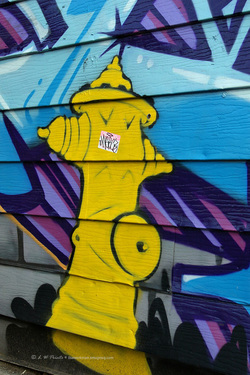 When exploring the basics of downward facing dog, I neglected to research many of the various modifications that exist. This week's practice, gave me ample time to wiggle and twist into a fantastic opening variation of downward facing dog. Nicknamed fire hydrant pose for a reason, this modification of downward facing dog entails a "leg up" position that can only resemble a dog doing his duty. From the regular downward facing dog position, one leg is lifted into the sky turning the pose into a three legged dog (Eka Pada Adho Mukha Svanasana). Alignment is essential to this part of the pose because once the leg lifts it is a free for all with the hips. They tend to want to open away from the ground the further the leg floats into the air. Now of course, cueing the hips square to the floor is correct, even if the leg has to lower down. Three legged downward facing dog is a pose that is not traditional but more of a variation that has been made in the last 40 plus years. It may have steamed from a need for more challenge to your basic dog and/or just plain variety. Let's get back to the fire hydrant! In this week's practice, we went one step further. We were cued to bend the knee of the lifted leg and flex the ankle. Now that looks like more of a dog! From there, we were asked to rotate our hip back and stack one hip onto the other (the weight of the bent knee leg and ankle helped make the shift via gravity too!) And whala, an instant twist of the lumbar spine and opening of the hips! The benefits of down dog plus a hip flexor stretch for the top hip, a twist through the spine and a balance and stability challenge! Holding this pose long term is a challenge I care to take on! So much to learn about the classic pose, downward facing dog, LW When the miraculous thing happens - both boys are asleep, I start to REALLY prioritize what I do - what are the things I cannot do with them and *quick* GO! Yoga, believe it or not is on that list. Today's practice, now tell me if this is too much info, was done without a mat and without pants! Yep, I said it, without pants. Get into something comfy - well, no time to change into pants. Just get the jeans off! I quickly searched YouTube on my iPad and found this lovely video. Fourteen minutes and some seconds later, that was the end of the practice. Baby boy could be heard (loudly) on the monitor. Was the fifteen minutes enough? Research probably says yes! But I was only able to find this article on the benefits of short and longer durations of yoga. In my mind, any amount of yoga is good yoga. The breathing and focus on oneself for even 15 minutes is like candy for the soul. The refreshing shoulder rolls, cat-cows and the final pose of downward facing dog were worth it! LW 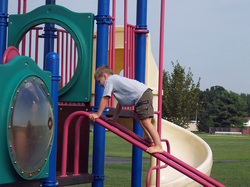 Time is one of my barriers to yoga practice these days. It is probably the most often "excuse" I hear as an exercise physiologist when encouraging people to be physically active. I can definitely relate now with a newborn and toddler! This week I was able to insert some impromptu yoga into my visit to the park. With a warm, sunny day, a walk to the park was in order. I perched my stroller beside a park bench (don't worry, hubby was with toddler) and started my practice. In the five or so minutes I had, I used the park bench to support three to four poses. As I recently wrote, using a chair (or park bench) can be very supportive to multiple poses. The two poses that gave me most what I needed were downward facing dog and modified pigeon pose. It just seemed natural to fall into downward facing dog. My back, shoulders and chest have taken a beating of sorts lately especially with late, late night feedings. The park bench was the perfect height for hand placement and as I pushed my hips back, I soon realized I was at the lip of the play ground surround. This allowed for my heels to drop below the level ground which was ideal for a deeper calf stretch. Ahhhh... Fold forward with one leg on the bench, I moved into modified pigeon pose. One leg at a time I was able to give my tight hips a nice release thanks to the park bench. So, in my mind, I won't use time as an excuse as I did fit it...and every bit counts, right? Practicing what I preach! LW How many yoga asanas that can be done in a chair?
In my early days of practice, I would probably scoff at using a chair, let alone any other prop, with the mentality that it isn't challenging enough. But over time, I've come to the conclusion that yoga can be many things, to many people, at different times. Considering my aspiration is to teach yoga to the physically inactive and possibly chronic diseased, it only makes sense that a chair would be foundational to practice. And, taking it once step further, my ultimate aspiration would be to include yoga therapy in my practice as an exercise physiologist. Whoa! More on that in the future... A chair provided a great foundation for my practice this week. Having to modify asanas is the name of my game right now so let me explain what I experienced this week! I'm the first to pronounce that I love spinal twists. Now, getting on the floor is not pretty these days so I was able to do a spinal twist from a standing position. What? How? By placing my one foot on the base of the chair at a ninety degree angle. I placed my opposite hand on the bent knee and the other hand on the hip. By adding some torque, I rotated my spine away from the bent knee and viola, there was my twist! Now granted it was the same deep stretch I get when doing a reclining spinal twist on the floor (Supta Matsyendrasana), but it fit the bill. The other two poses that were supported this week were downward facing dog (Adho Mukha Svanasana) and modified pigeon pose (Eka Pada Rajakapotasana) stretch. Both allowed for well supported pose with the chair (downward facing dog my hands were on the front base of the chair and external hip rotator I simply sat in the chair and completed the pose). So, consider, what yoga asanas would benefit you this week in a chair? LW Owning multiple yoga mats and straps is very useful as I've placed my props on both the main floor of our home and basement to allow "spontaneous" yoga as time permits. Well, in this week's case, having to share the house with my husband (what - I have to share!?! :) ), I practiced on the main floor. The only catch is that I don't have many blocks so they reside in the basement where most of my practice occurs.
So, instead of using blocks this week, when prompted by the new teacher and DVD, Yoga for Stress Relief, I used throw pillows instead. I was pleasantly surprised on how well they worked to assist in the poses. I might even have to go as far as saying they may have been more suitable for this practice as they were a welcomed soft place to land my "needed to be supported" body parts! Moving from mountain pose into a forward fold was the first time I was prompted to grab my "block". I opted to three stacked pillows (two firm and one soft) and slowly folded toward them. With flexible hamstrings, I typically can fold pretty far but once my head hit the pillows, it was an interesting sensation. The support of the pillows completely released my head and neck. There was no strain or pull that can sometimes occur when I just do an unsupported forward fold. As the sequence of forward folds continued, I moved into a wide stance forward fold and there too, allowed my head to rest on the pillows. Instantly, my head and neck relaxed again and I was able to focus on my low back and leg stretch than worrying about the "pain in the neck". The most, what I'd say, advanced forward fold that I did with support was a downward facing dog. This was a new adventure for me as I'd never thought to use a block in this pose. The pillows were placed just at brow line and my forehead rested on the pillow. This position was heavenly. The soft pillow allowed my face to sink down and soften whereas if it was a block I'm not sure I would have experienced that sensation. What felt like a second, I was instructed to move on whereas I could have stayed in that position for many minutes! It will be on my hit list to do again soon! The final pose that I did with the pillows was the bridge. The posterior pelvis rests on the block once it is lifted off the ground. I've done this pose in the past in more of a restorative practice and do find the pillows were not firm enough to get the intended stretch and restoration. Out of all the poses, this one would have probably been better with a block. Oh well, you never know until you try. So, lessons learned. Props rock! Pillows can act as a good, if not better prop than a block. And I continually need to be flexible (no pun intended) with my ever expanded and growing practice and journey as a teacher. Oh - and I guess sharing space with my husband should be listed too! How can you use your average throw pillows in your yoga practice? LW |
Aspiring Yoga TeacherI've practiced yoga since I was a pre-teen and have always found it to keep me centered. I will be a teacher one day and this is my journey to discover teaching and practice. Archives
April 2019
Categories
All
|
Edmonton, Alberta


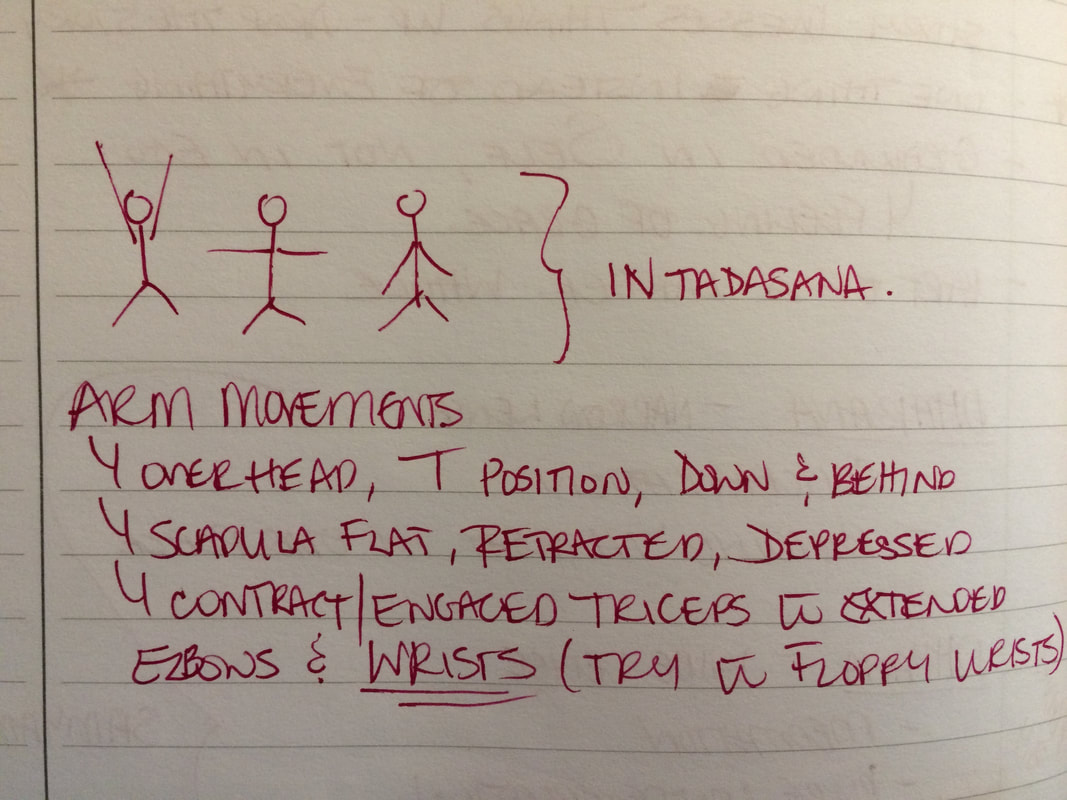
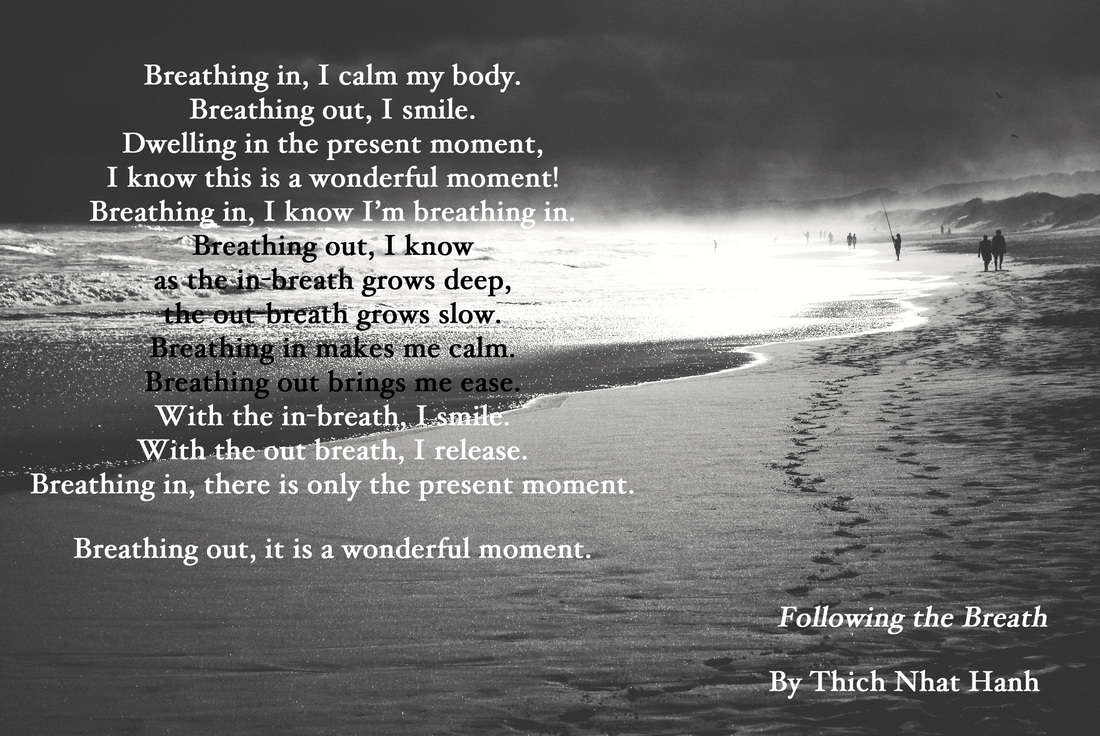
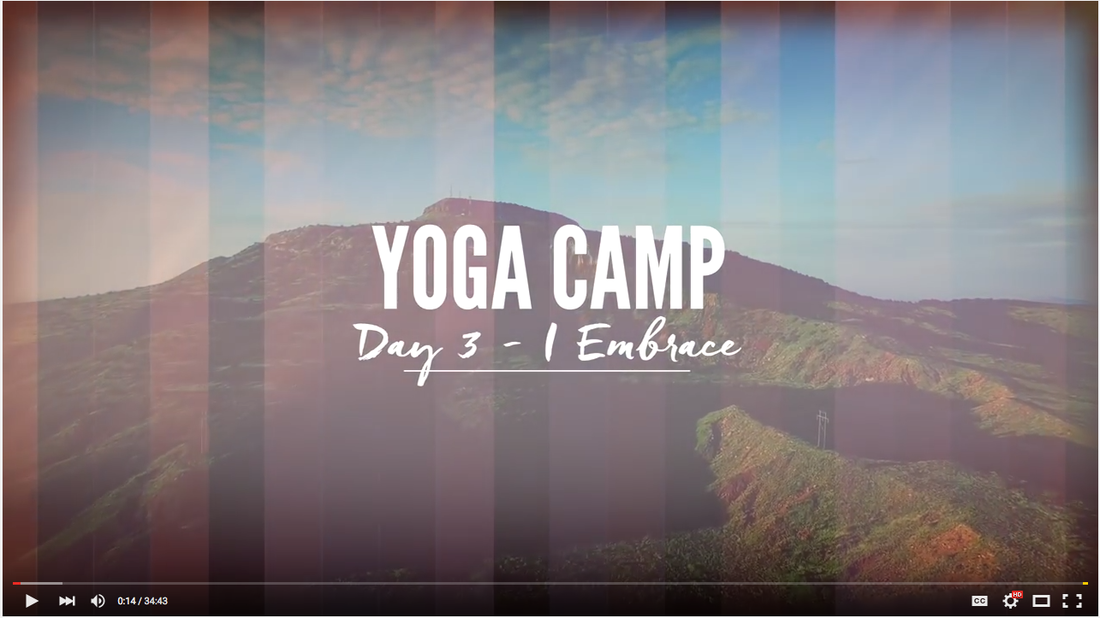
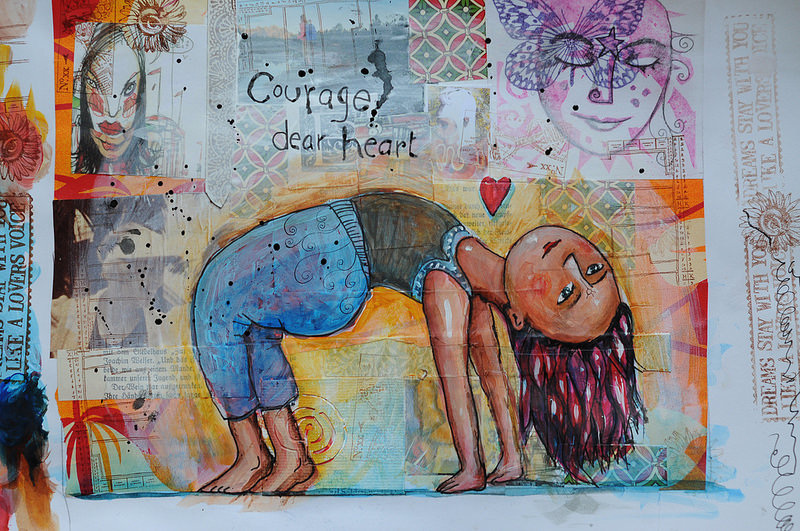

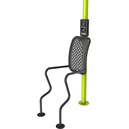
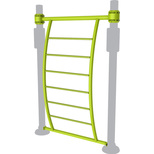
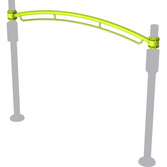
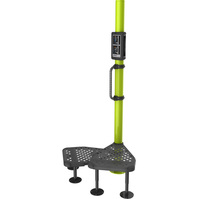
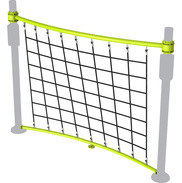
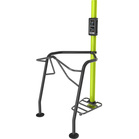
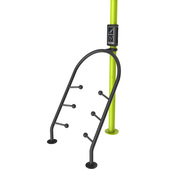
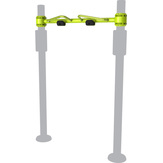
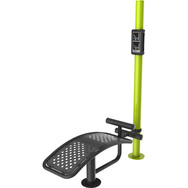

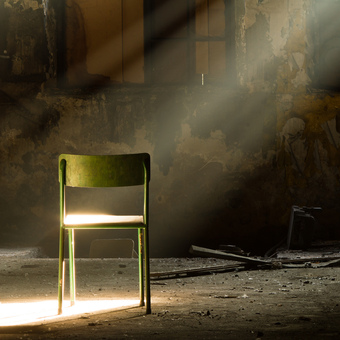
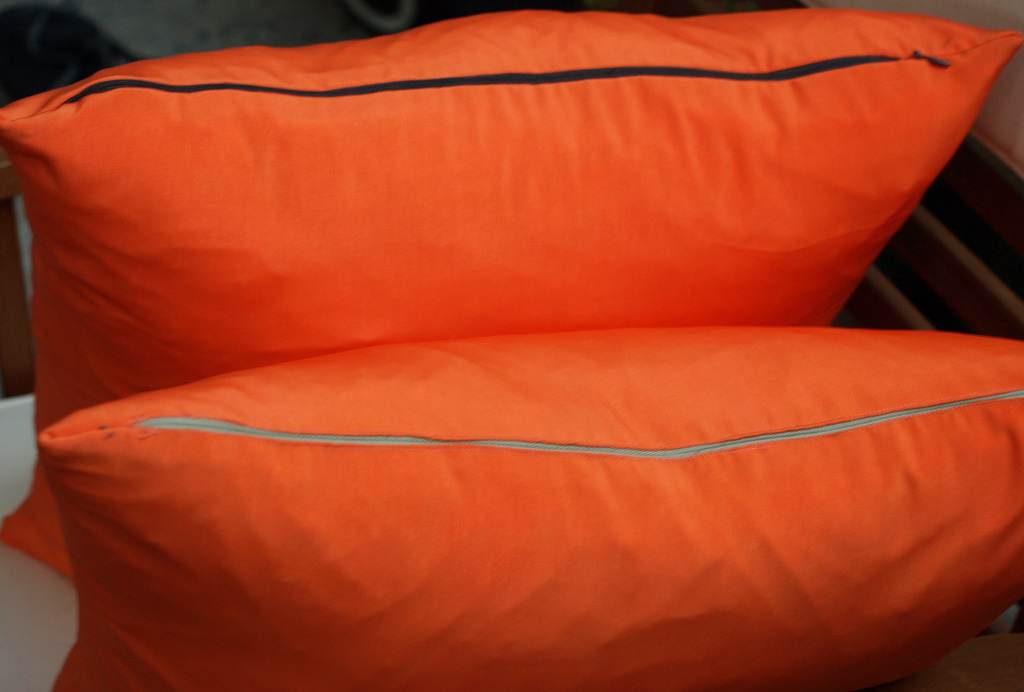
 RSS Feed
RSS Feed